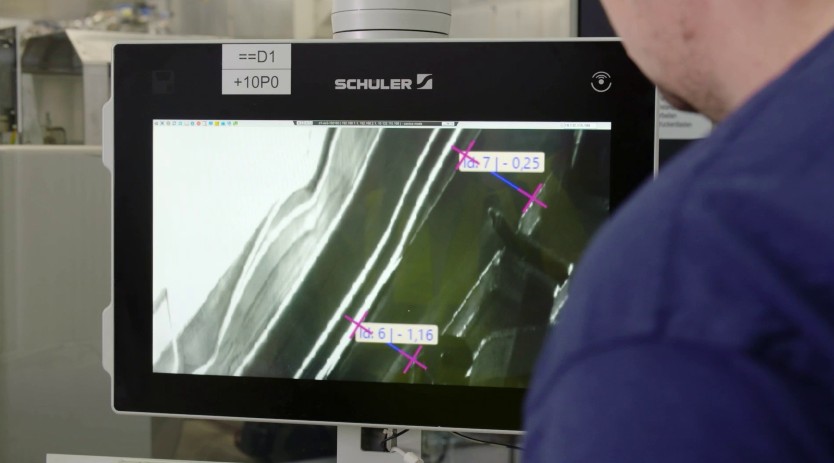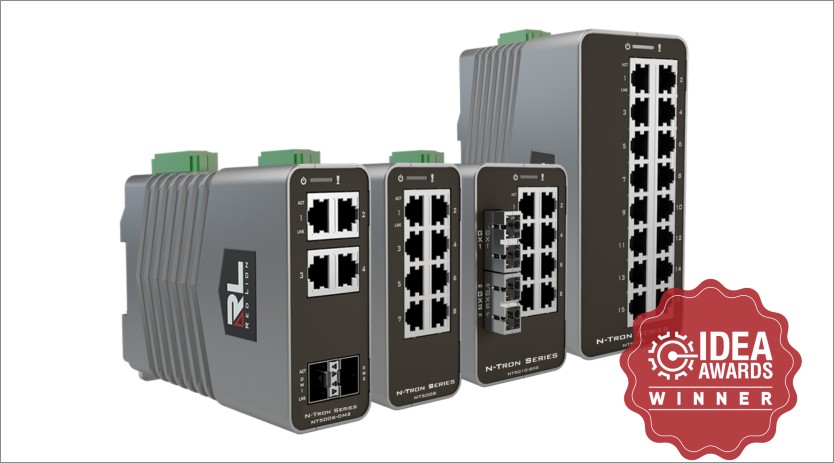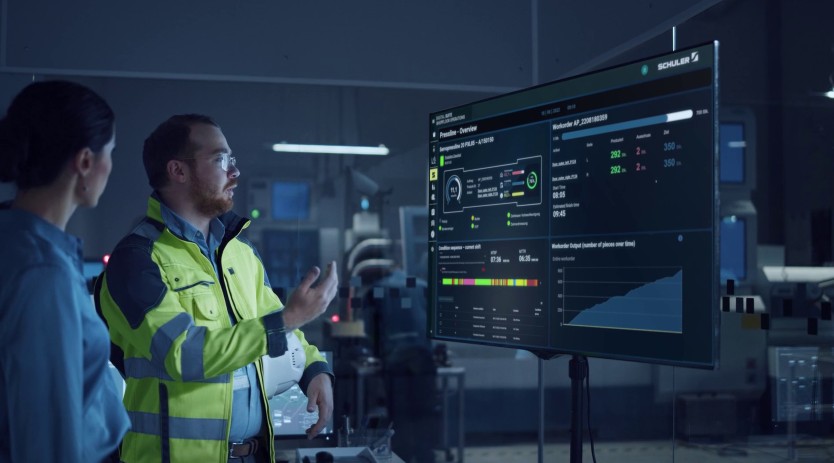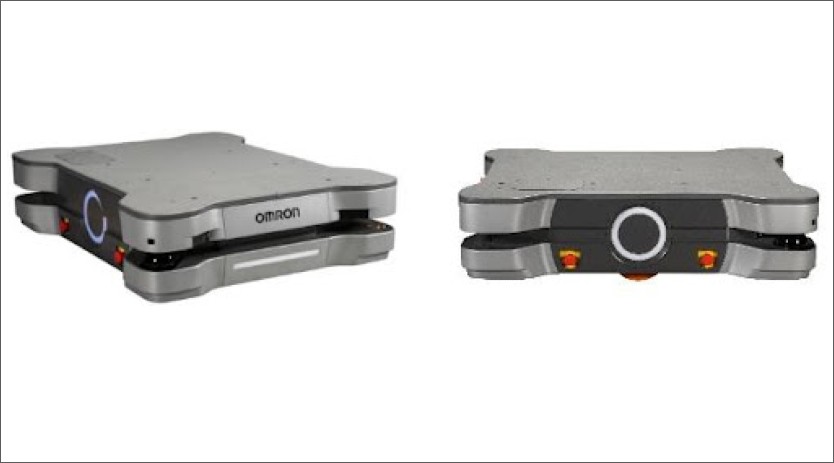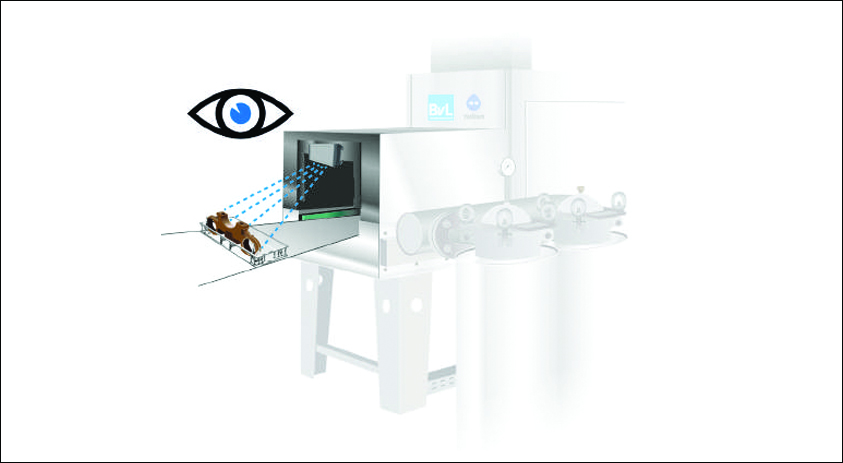What is Servitisation?
July 3, 2023 4:39 pm
This article discusses the benefit of servitisation of the machine to the manufacturing industry and provides examples of its application by equipment manufacturers.
Servitisation refers to the services an enterprise provides to support the optimal functioning of the conventional products or goods the enterprise sells to its customers. To overcome challenges such as declining productivity and the impact of the Covid-19 pandemic on revenue growth, equipment manufacturers in the manufacturing industry are adopting the concept of servitisation. This involves diversifying income sources by offering supplementary services alongside manufactured goods.
• Basic services – This involves turning basic services such as the provision of spare parts.
• Intermediate services – This process involves offering external services such as maintenance and repair tasks.
• Advanced service – This option refers to the process of offering produced machines on a contractual basis where the output or use of the machine is focused upon.
The first two levels of servitisation options – basic and immediate services- have been applied across the manufacturing industry to generate external revenue for the coming years. Manufacturers consistently offer maintenance and spare part services as subscription-based plans alongside the equipment they sell. Providing advanced services takes things to the next level for the equipment manufacturer and the end user. The end-user utilises expensive equipment through subscription plans, while the OEM gains revenue and leverages the insight from machine utilisation to improve its business strategies.
Servitisation of the machines by original equipment manufacturers
The servitisation of machines involves providing a subscription-based plan to manufacturers interested in utilising a manufacturer’s original equipment for specified periods. For example, a heavy equipment manufacturer who sells individual units of equipment for hundreds of thousands of dollars has a limited customer base that will consist mainly of large enterprises with the financial resources to purchase this equipment. Small and medium-sized manufacturers who need these machines are generally unable to purchase them and end up outsourcing machining tasks to third-party service providers.
The heavy equipment manufacturer can choose to ‘servitise’ available stock that has not been bought by offering SMBs a pay-for-use plan that will require less capital expenditure than purchasing the equipment outright. To successfully implement a servitisation of the machine process, equipment manufacturers must consider taking advantage of diverse revenue structures to capture a larger customer base. The revenue or payment structures could be a long-term contract or a cost-down contract which reduces the cost of using the equipment for the end-user.
Regardless of the payment structure utilised, the servitisation of the machine process comes with some important responsibilities for the equipment manufacturer. A subscription-based plan ensures the repair and maintenance process is handled by the equipment manufacturer providing the service, which gives SMBs the flexibility to invest scarce resources in other ventures. Caterpillar’s Cat Product Link program is an example of basic and intermediate servitisation. The program involves the equipment manufacturer capturing individual equipment data that a manufacturer uses to provide after-sales services such as maintenance support. The buyer allows Caterpillar to track its usage of a Caterpillar product remotely, and the data is used to provide additional services to which the buyer must subscribe.
An example of an advanced servitisation of the machine plan is the engine servitisation package Rolls-Royce offers. Jet engines are large-scale purchases that many small airlines need help to make due to the total overhead cost of owning an engine. The Rolls-Royce servitisation program provides end-users of its jet engines with a pay-per-use option whereby airlines pay according to the hours for which an engine is used. In this scenario, the data from engine usage is captured and utilised by Rolls-Royce to improve its design, engine performance, and maintenance. It is important to note that Rolls-Royce also handles the repairs and maintenance tasks associated with the engine.
Benefits of servitisation of machines to the manufacturing industry
The benefits of the servitisation of machines cover both the equipment manufacturer providing the service and the end-user taking advantage of the offered services. The benefits to the equipment manufacturer offering servitisation packages include –
Gain insight into equipment utilisation – Gaining insight into how original equipment is used by the end-user provides added information that remote data collection processes or routine maintenance cannot give. Thus, servitisation of the machine allows OEMs to visualise their production equipment and how humans interact with it. This insight helps the manufacturer develop optimised strategies to manage available assets and predictive maintenance packages that can also be monetised.
Improve asset management – Servitisation of the machine offers OEMs the opportunity to use unsold assets or equipment. The servitisation process ensures the OEM generates revenue from available equipment while collecting important data sets to develop optimal equipment utilisation.
New revenue stream – Stakeholders in the equipment manufacturing industry are expanding their portfolio to meet increasing customer demands and remain viable by generating new income streams. Advanced servitisation is a business model that enables OEMs to create new revenue generation models by offering their customer base varying services according to their financial capacities.
Benefits of servitisation to the end-user
The benefits of servitisation to the end-user focus on ensuring businesses remain financially flexible by not investing too much in purchasing cutting-edge equipment. These financial benefits include:
Cost-savings from reduced or no maintenance charges – The cost of repairing or maintaining manufacturing equipment is a considerable aspect of the total overhead cost of running a manufacturing facility. SMBs who take advantage of the servitisation of the machine save huge sums from limited maintenance costs allowing them to invest the cost-savings in other areas of the business.
Flexible payment plans
The option of utilising expensive equipment according to either order rate or available finances enables SMBs to retain some financial flexibility with capital. SMBs which pay for machine time only when processing customer orders can easily integrate production costs into the selling price of their products to make a good profit.
Linking OEMs to end products
Servitisation gives OEM access to the data from the final products produced with its equipment. The insight gotten from the link between an OEM and its end products can lead to im- proved equipment design which is developed for the end-user in the form of intuitive, easy-to-use equipment.
Conclusion
Advance service for servitisation is made possible by the digital transformation of traditional processes within the manufacturing industry. With digital transformation technologies, an OEM can capture the data needed to provide the extended support that defines servitisation. The captured data also serve as the analytical foundation for devising diverse servitisation plans to generate considerable revenue for an OEM.
Expertise shared by:
Mahesh Gaurav, Product Manager, Exor India Pvt. Ltd.
Cookie Consent
We use cookies to personalize your experience. By continuing to visit this website you agree to our Terms & Conditions, Privacy Policy and Cookie Policy.





